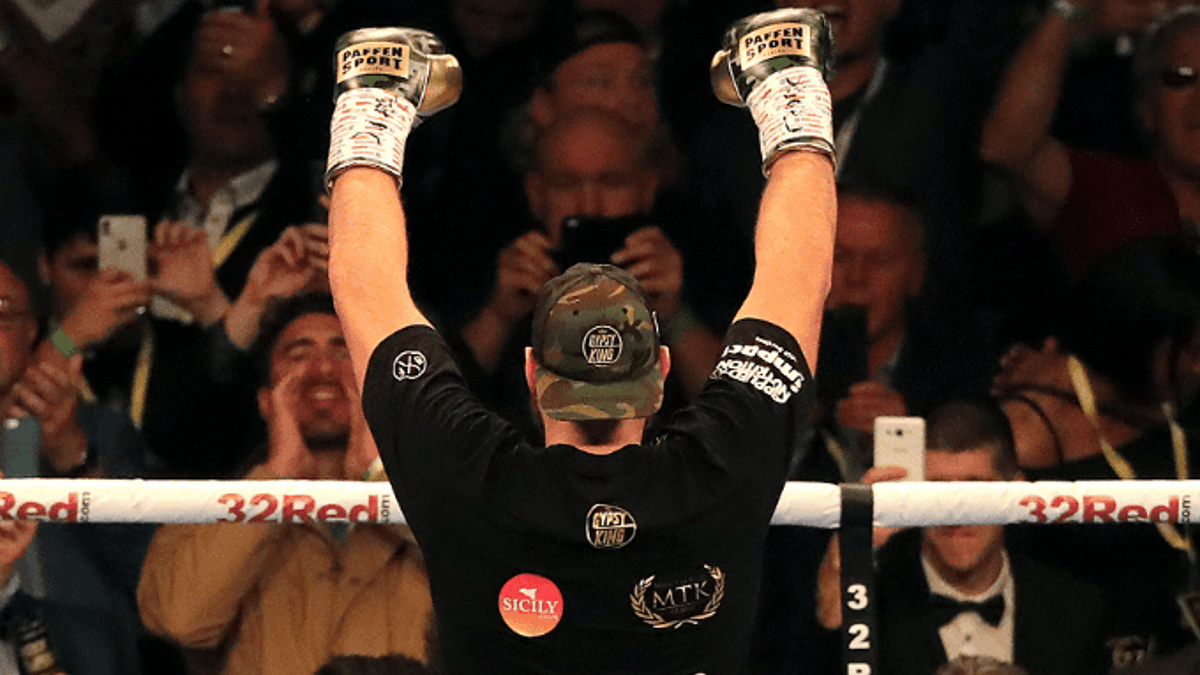Doug Fischer Explains Ring Magazine Championships

Those interested in boxing betting and new to the sport of professional boxing have the hardest time understanding which fighters are world champions. Even if they do, they rarely know how to pick the best fighters out of the bunch.
Is a WBA titleholder better than the WBC champ?
If you’re new to the sport and running into these types of questions, have no fear. Because without Ring Magazine, longtime boxing fans would never quite know who deserves to be called the best fighter either.
Competition Breeds Confusion
With myriad sanctioning organizations all claiming to crown the world champion of a single division, a hodgepodge of rival promotional outfits and television networks out to make fighters as profitable as they can be and all the other absurd but innate machinations of the sport on the business side, boxing is one of the most difficult to follow cultures in all of professional sports.
Try this on for size: Ask any informed boxing fan one question. Who is the heavyweight champion of the world?
Without Ring Magazine, the person would likely stammer around a bit before explaining the intricacies of boxing’s four-belt sanctioning system as well as the ongoing arguments about the validity of lineal championships.
Then they would say Anthony Joshua has three of the alphabet belts, Deontay Wilder has one and Tyson Fury technically never lost the three belts he won against Wladimir Klitschko in 2015 and is the last lineal heavyweight champion anyway.
What a mess!
The History of Ring Magazine Rankings
The Ring (Ring Magazine) is an American boxing magazine founded by Boxing Hall of Fame journalist Nat Fleischer in 1922. Today, the magazine is published by a group of private investors, including boxing promoter Oscar De La Hoya, called Sports and Entertainment Publications, LLC.
While critics have argued De La Hoya’s involvement with Ring Magazine is a conflict of interest due to it also being a rankings organization that awards world championships and title belts, that part of the operation is held in an editorial trust so the ratings panel can operate independently.
Doug Fischer, The Ring’s Editor-in-Chief, told Gambling.com his ratings panel is in good hands. “The Ring Ratings Panel consists of 15-20 boxing journalists from around the globe,” Fischer said. “They follow the sport closely and keep track of Ring-rated boxers, as well as prospects and contenders who are close to breaking into The Ring's top 10 in the sport's 17 weight classes.”
The panel confers every Sunday, with members sharing thoughts on the ring action of the previous week and suggestions for rankings updates. The three-member editorial board, consisting of Fischer, managing editor Brian Hartly and associate editor Tom Gray, then considers those suggestions and ranks fighters accordingly.
“I'd say 90 percent of the time, we go with the suggestions of the majority of the panel,” Fisher said. “We often serve as the tie-breakers when the Panel is deadlocked.”
What Makes Ring Magazine Rankings Different
Unlike sanctioning organizations like the WBA, WBC, WBO and IBF, Ring Magazine uses a concise and easy-to-understand championship policy. There are only a couple of ways a Ring Magazine championship can be won, and a few very specific reasons why a fighter can be stripped of it.
Moreover, Ring Magazine has a long and meritorious history of awarding championships. In fact, of all the major world championships accepted today, The Ring is the one that can trace its name back the farthest. The first title belt the magazine awarded was to heavyweight Jack Dempsey in 1922.
Boxing’s world title picture has always been muddled by competing entities crowning different world champions, so what Ring Magazine offers today is the same thing it has always offered those who follow the sport: a simple and sane view of which fighters in the sport are truly world champions.
Ring Handles Everything
Better yet, the magazine does not charge fighters and promoters sanctioning fees and even pays for the belts itself through its own operating costs. In fact, the only time a fighter has to pay for anything regarding a Ring Magazine championship is when the fighter or promoter wants a second belt made for personal reasons.
“I'll give you an example,” Fischer said. “Gennady Golovkin was recently awarded the reinstated Ring Pound-for-Pound title. Golovkin wants to donate it to a museum in Kazakhstan, but his promoter, Tom Loeffler, wants his fighter to sport the belt going into the high-profile Sept. 15 rematch with Canelo Alvarez. So Loeffler paid to have a second Pound-for-Pound belt made.”
It’s easy to see why a fighter such as Golovkin would want more than one copy of the belt. Ring Magazine championships are one of the most cherished titles in all of sports. Not only do winners separate themselves from the slew of fighters holding alphabet world titles, but the belt also usually signifies the wearer as the very best fighter in the division.
Avoiding Confusion
But a word of caution is needed. Boxing fans often confuse Ring Magazine titles with lineal championships. Fischer said while the two titles are similar, they are completely different championships.
“The Ring champ and the lineal champ are separate things, although The Ring champ is often the lineal champ,” Fischer said. “Tyson Fury, Adonis Stevenson and Canelo Alvarez were all both Ring and lineal champs [in their divisions] -- they won The Ring titles and they beat the man who beat the man who beat the man. But all three were stripped of The Ring belt for different reasons. However, they remain the lineal champs.”
So now back to the original question for the informed boxing fan. Who is the heavyweight champion of the world?
According to Ring Magazine, that’s easy. Nobody.
Be first to get our exclusive sports offers!
Join today to stay up to date on your states gambling news and offers.







